Safari means “to travel” in Swahili and has evolved into more or less anything where you move around to look at animals. It is a prime activity in our search for a Decent Profile Pic.
Kenya is one of the international hotspots for going on safari and yet despite being here for a month I didn’t undertake such a trip.
I did, however, manage a few other DPP-related activities which this post is all about.
Mountains
Kenya can be pretty rugged in places.
In terms of the geography student’s checklist there are lakes, mountains, volcanoes and valleys that stretch all down the country.
The many extinct volcanoes have been donated by The Great Rift Valley
The GRV is a big old split in the earth’s surface that occurred well before our time, but from a “natural history” perspective relatively recently (35 million years ago).
It is essentially a trench which carves through the East of Africa (from the Middle East) and means the country has a series of hills sprayed along the topography.
Many, like Mount Longonot, can be hiked, which is just what myself and three friends did one weekend.
Taking a two hour taxi north of Nairobi we found a campsite an the edge of one of the lakes and dropped our stuff.
Horses of the river
In Ancient Greek “hippopotamus” means “horse of the river”.
For pedants amongst us this means pluralising hippopotamus should technically be hippoipotamus (horses of the river) rather than hippopotamuses (horse of the rivers), but I for one won’t hold you to it. Hippos are just fine.
Anyway, despite their sluggish waistline these chaps can get up some serious speed once they get motoring. Apparently hippos cause a surprisingly high number of deaths each year (compared to the obvious candidates of lions and leopards) because they charge at people or chomp at flailing legs swimming on their patch.
And what’s more, they reside not just in rivers, but in lakes.
For that reason, I wasn’t eager to take a dip in Lake Naivasha, a pretty, big lake at the foot of Mount Longonot, that is known for its hippo population.
The campsite we arrived at also had electric, hippo-proof fences to deter any unwelcome late night visitors.
Interestingly at Lake Naivasha, where swimmers have failed, irrigation systems have won.
Owing to its strategic situation relatively near Nairobi it has become the place to grow flowers in East Africa.
Huge greenhouse warehouses have been constructed at the lakeside which suck out water and squirt it along kilometres of flower beds.
There is an operation of military precision to then get the flowers from being cut, to the airport, and then sorted through and packaged to arrive in European flower shops before the end of the day.
This sequence has been repeated so many times that some OCD-types have steadily ironed out any wrinkle of inefficiency, with trucks being driven at night to save on costs of keeping the containers cool.
Vantage point
The white roofed flower warehouses can be seen from the top of the volcano (Mount Longonot) which is a twenty minute drive from the town.
For non-residents it costs $30 to enter the National Park and we were at the top an hour later.
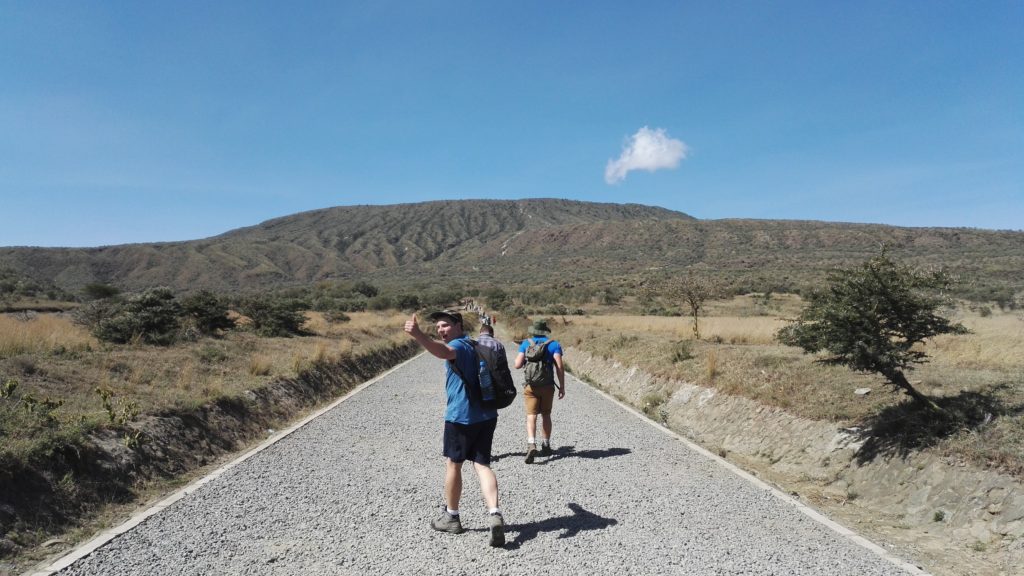
Being a volcano, rather than reaching a summit you get to a big crater which, in this case, is 7km in circumference.
The four of us scrambled round it stopping every once in a while to take in the views and dust ourselves off from the odd misplaced foot.
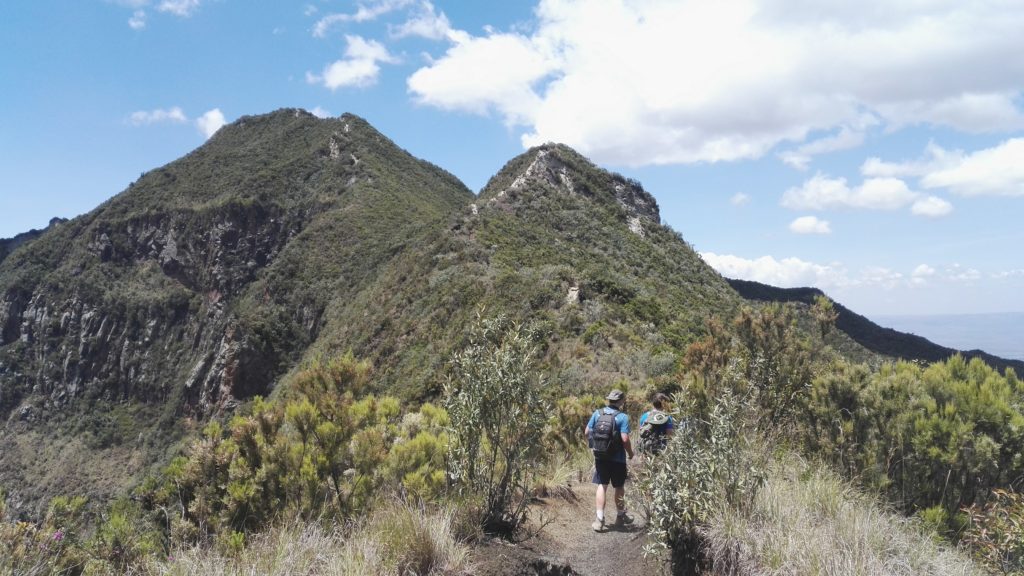
At the highest point we got a good view of the surrounding vista (both natural and man-made) and so took some snaps.
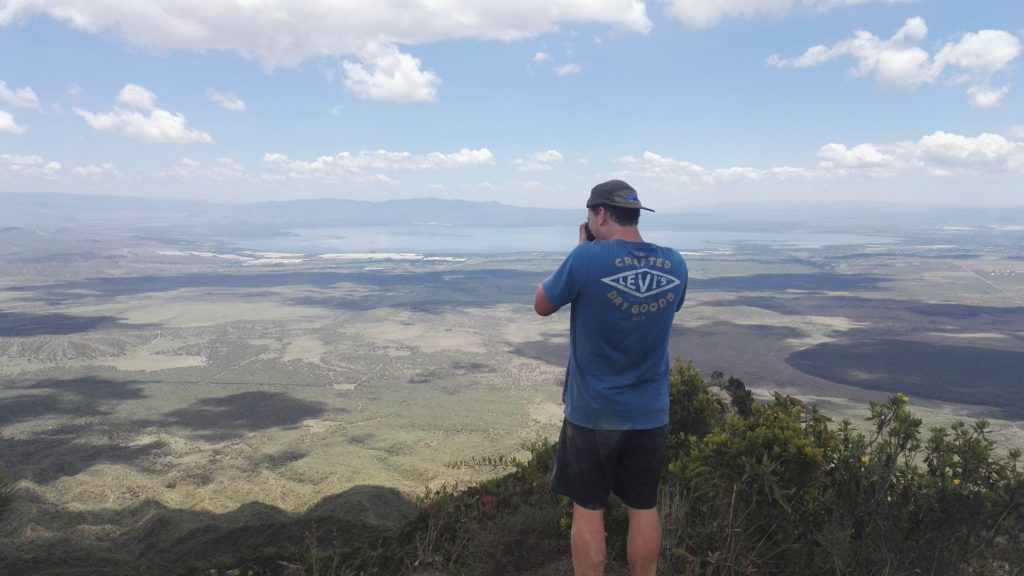
I’ve been informed that this sequence of driving a few hours then climbing some nature can be achieved in many directions out of the city and so can feature on the DPP hitlist multiple times.
Trains
Unlike many European capital cities I’m aware of Nairobi has no major river.
The Thames, Seine and Spree have historically been used to transport cargo and so became logical places to build a settlement. When it came to expanding the population the necessary materials where brought in via this waterway and rather than lug them too far it made sense to build a city just up from the riverbank.
In the case of Nairobi though, it was different.
The brief history is that English colonialists wanted a way to move cargo between the two main hubs they’d laid claim to: Mombasa at the East African coast and Kampala in Uganda.
Human/ animal and cart was pretty inefficient and someone thought why not use this new invention we have from back home called “the railway”.
A line was drawn on a map between these two points and then perilously brought to life in the construction of what came to be known as “The Lunatic Express”, so called because you had to be barmy to get on board.
Anyway, around halfway it seemed sensible to have a stopping point and so a settlement called Nairobi was born.
Over the years it got more and more built up and with the advent of cars and planes, the railway became less necessary for the city’s development. Nevertheless, because of its historical links, it had a headstart over other places in the country and so made sense to use as the capital.
Lunatics today
Amazingly the train line is still going and, based on the décor, not much has changed.
The routes from Nairobi to Kisumu (towards Uganda) and to Mombasa (the coast) can be taken twice a week with The Rift Valley Railway and offer cracking scenic views throughout the Kenyan countryside.
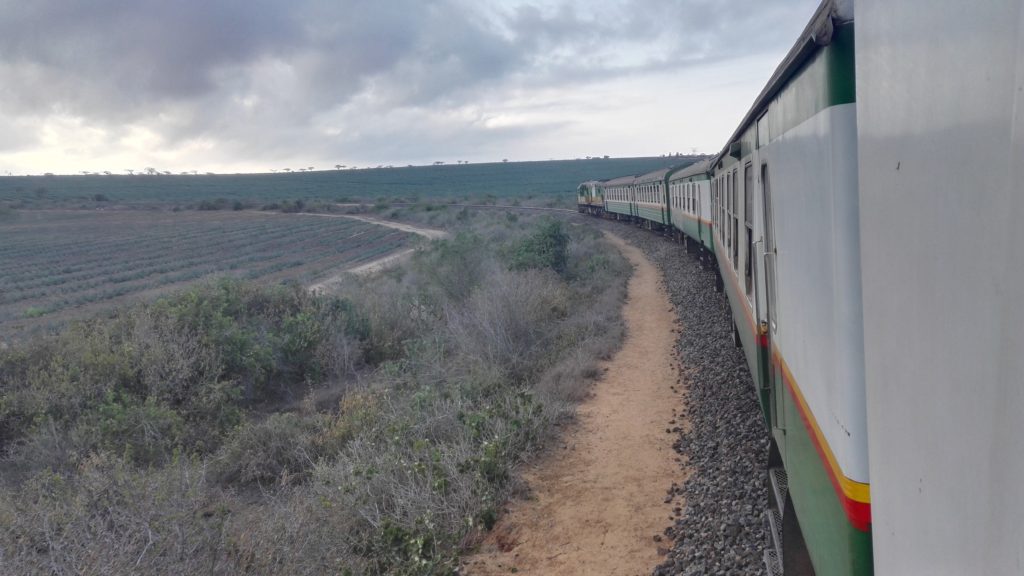
Myself and two friends took on the Mombasa leg, and had quite the adventure.
Tickets for a second class cabin (sleeping four) are $35 each if you go to the station and book direct. We were warned to bring our own supplies as, despite advertising an 18 hour trip, it apparently rarely was.
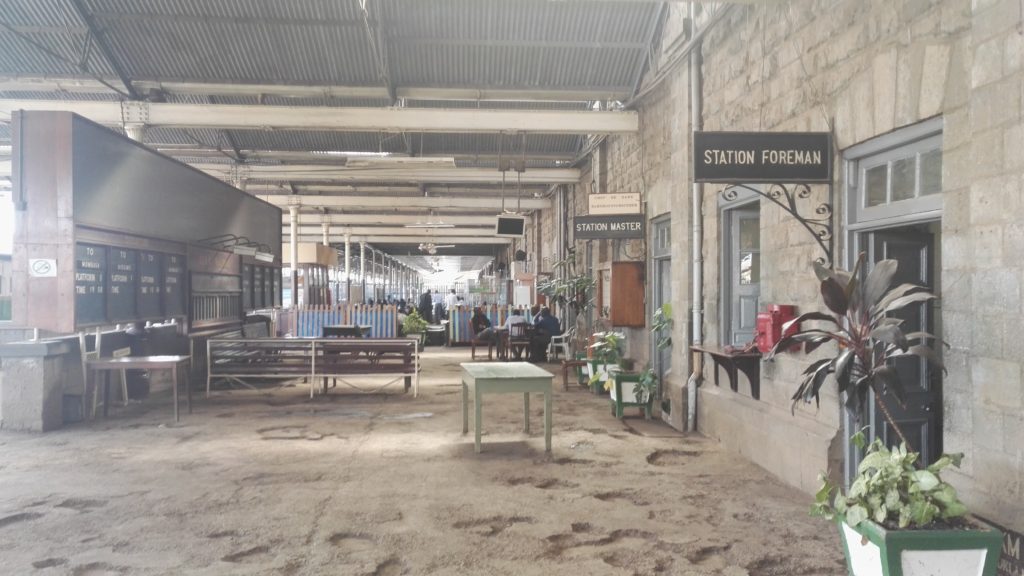
Sure enough, on our day of departure we were texted to say that the train had broken down coming from Mombasa (it’s a single track, the same train goes back and forth) and so could we come back Tuesday at 5pm.
We duly did, and stocked on provisions for fear of a long stint being stranded in the wilderness.
As it happened though, we departed Nairobi bang on time and slowly started chugging out of the city. A bell was rung when dinner was served and tootled past the compartments saying hello to the others taking the trip.
It was (sort of) like the Orient Express
There were a few inexplicable stoppages as the train ground to a halt occasionally and after turning in, the gentle rocking of the carriage did more to aid sleep than hinder it.
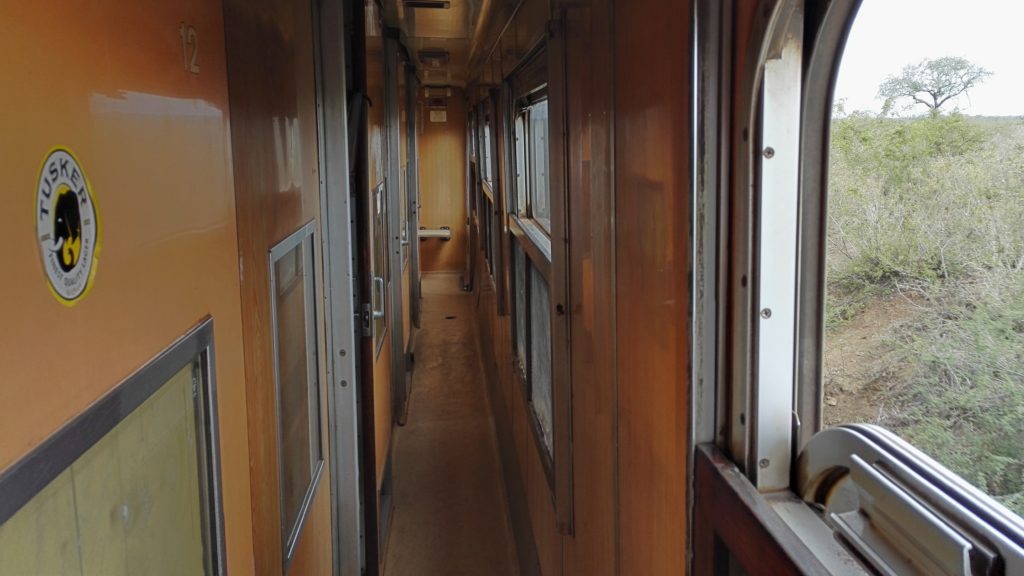
As light came up we were surprisingly near Mombasa. The night had been spent skirting seamlessly through the massive Tsavo National Park and so (because of it’s timeliness) we missed the opportunity to spot big game from the train window, which is apparently a pretty legit thing.
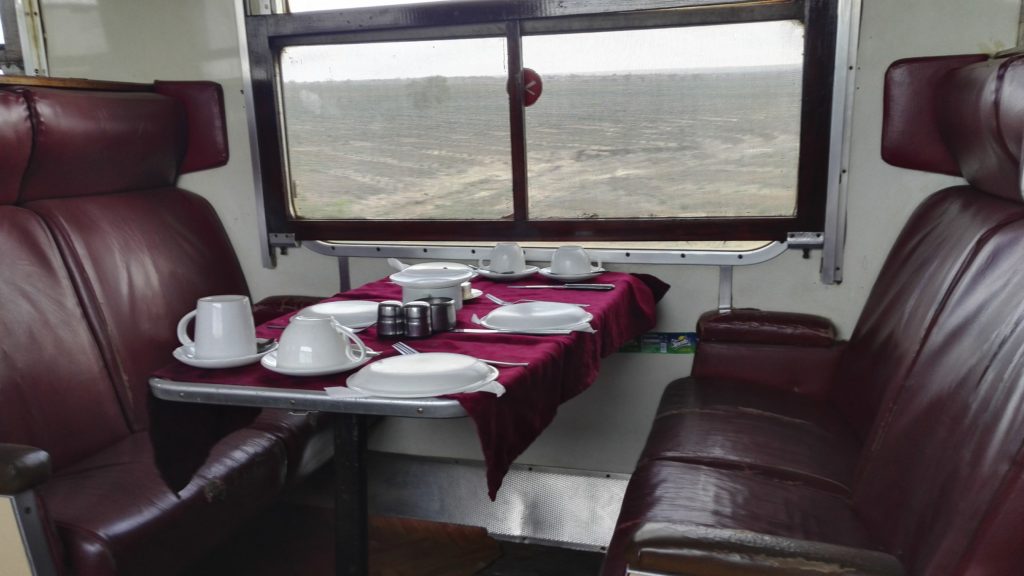
It was tea and toast for breakfast and then disembarking before midday.
Freightfully quicker
I should note that train technology has improved in the last hundred years and is in the process of being put to use.
Being built parallel to the archaic Lunatic Express is a new line designed for relieving the single lane Mombasa Road which currently takes a hammering from tonnes of lorries moving goods from around the region to the port.
This new one is due to take 4 hours, though I’m not sure if the tea service will be quite up to scratch.
More info on the Great Rift Valley Railway service can be found here.
Beaches
Upon arriving at the coastal city of Mombasa we were quick to make our way down to the beach town of Diani.
It has consistently won awards for being the one of the best beaches in the world, and after spending a few days there, I’m happy to give it my vote.
One thing that struck me was what are the criteria for being the “best” beach and consistently people would cite “white sands”.
It got me thinking whether humans are hardwired to appreciate white sand more than, well, sandy coloured sand, or whether it’s a cultural thing.
The internet would suggest it’s an in built preference as humans have evolved to have an innate suspicion of anything associated with dirt (that could be a sign of poisoning/ disease) which some researchers have stretched as the reason why green cars aren’t popular.
Anyway, enough with the science, the beach was beaut.
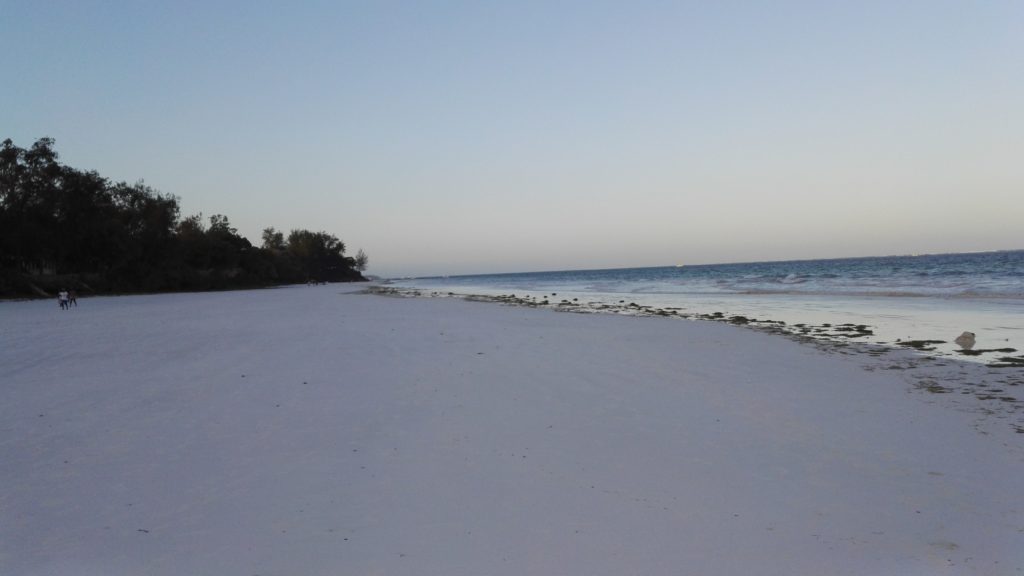
The main event during our days there was finding a fisherman to take us out on his wooden boat and drop lines in the ocean. We came back with quite a haul and cooked a few up for dinner that night.
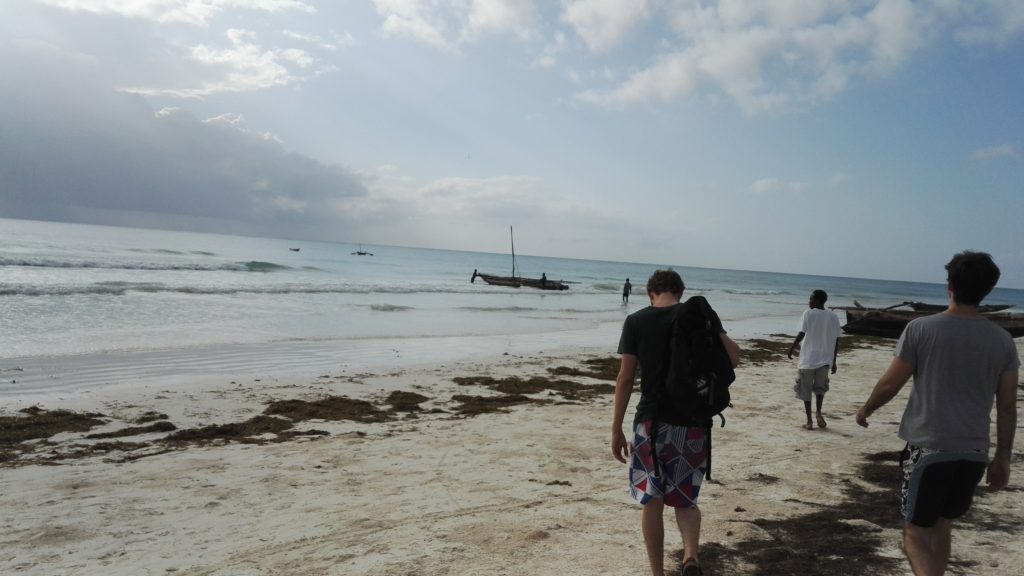
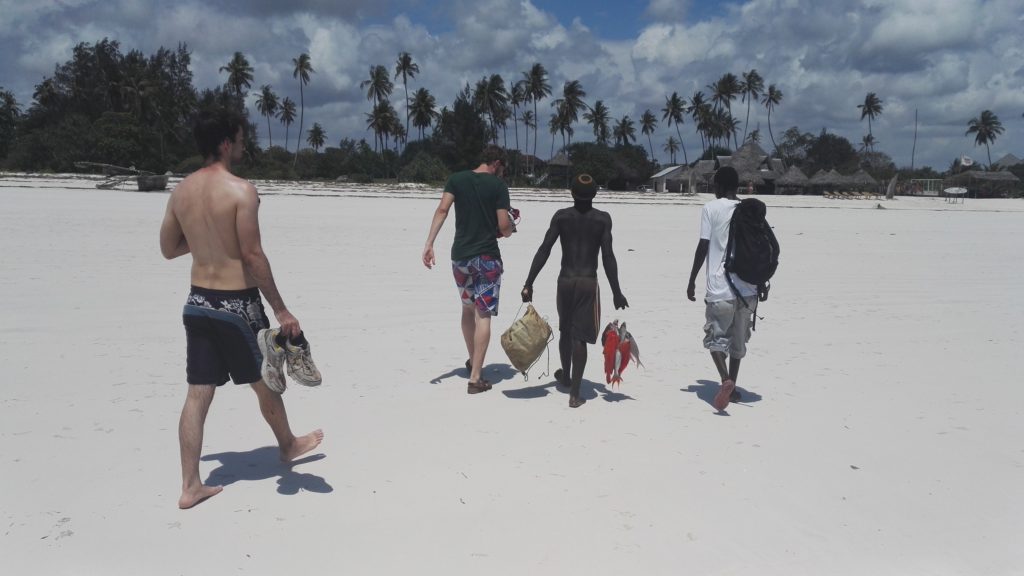
Another cracking beach/ place that lots of people have waxed lyrical about is Lamu. I can’t comment first hand, but people talk of idyllic islands, beautiful sunsets and (for the purposes of this post) not a lion in sight.
Conclusion
This post is essentially a collection of the non-work stuff that I did during my month understanding the business scene in Kenya.
I should disclose that the one time I’d been to East Africa before this trip was… to go on safari in Kenya.
My eleven year old self was equally interested in a DPP with some lion cubs before, I suppose, we really had the notion of profile pictures. None could be found in the family archives though (I guess the selfie stick was left at the hotel) but this would probably be the main contender from my last time here.
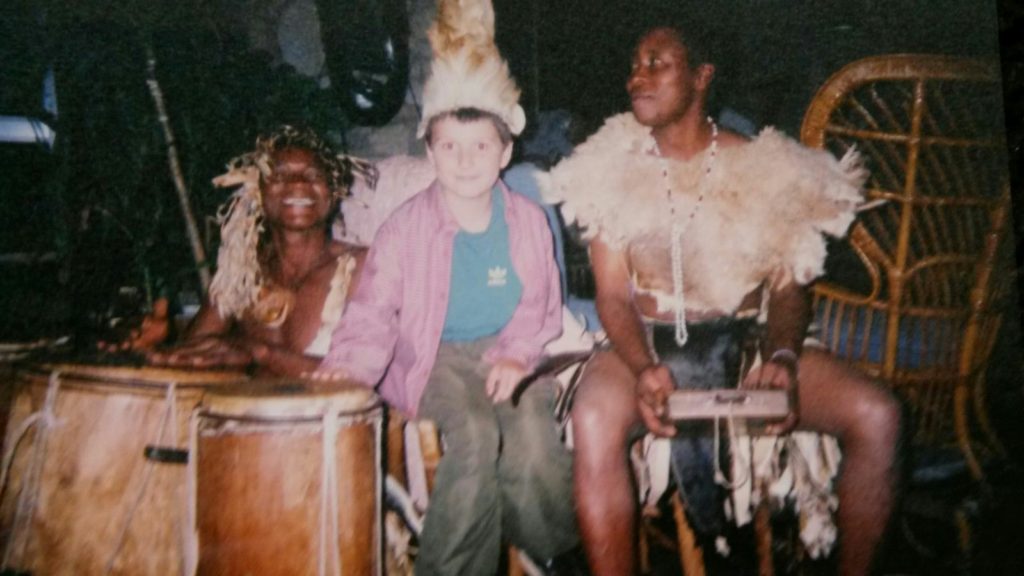
Anyway, the key thing to take from this is that as well as the animals, there’s a ton of interesting stuff to do in Kenya.